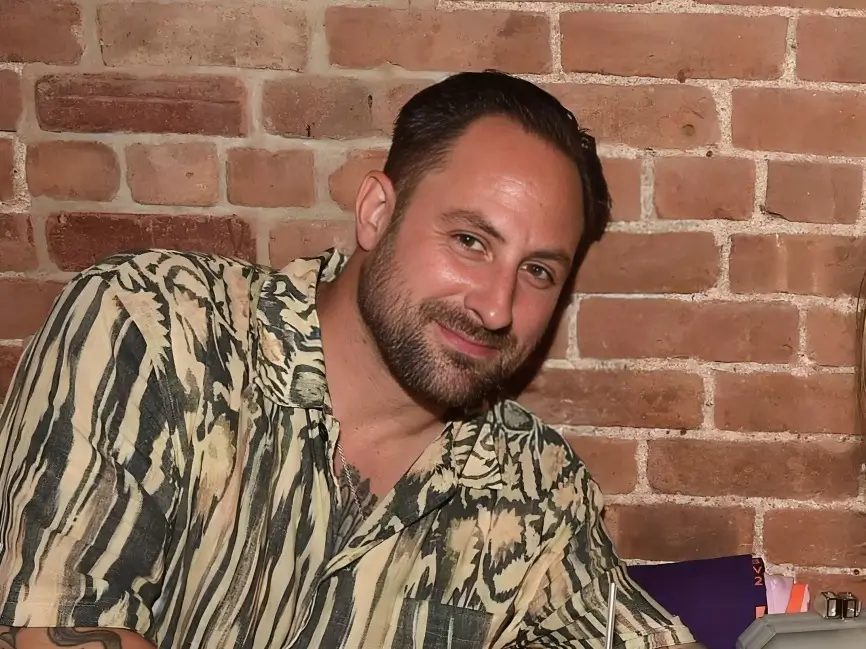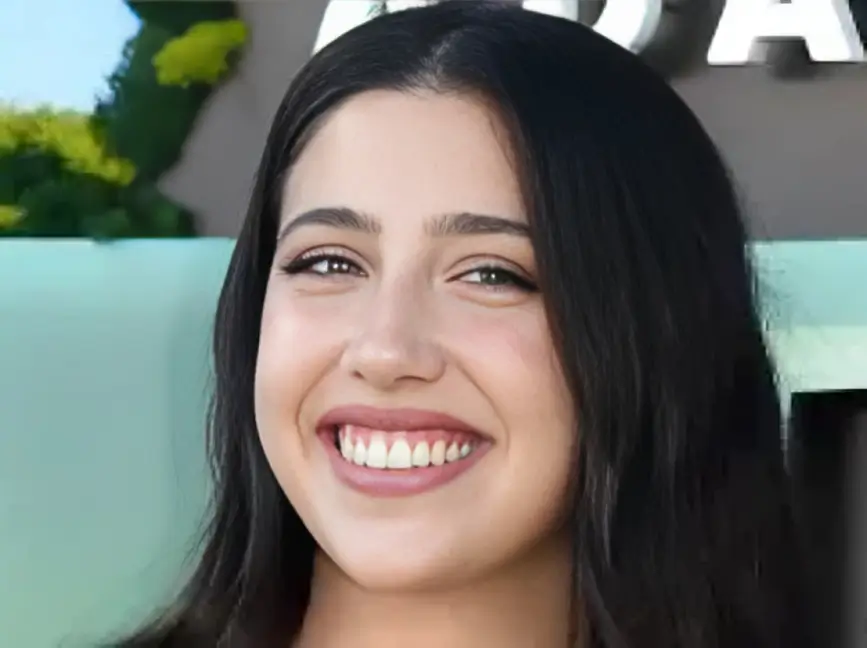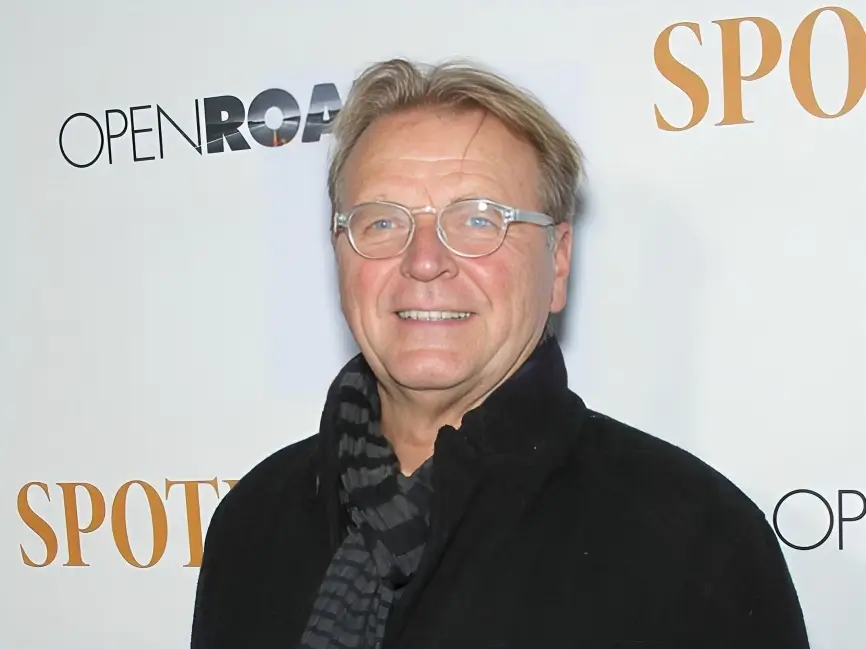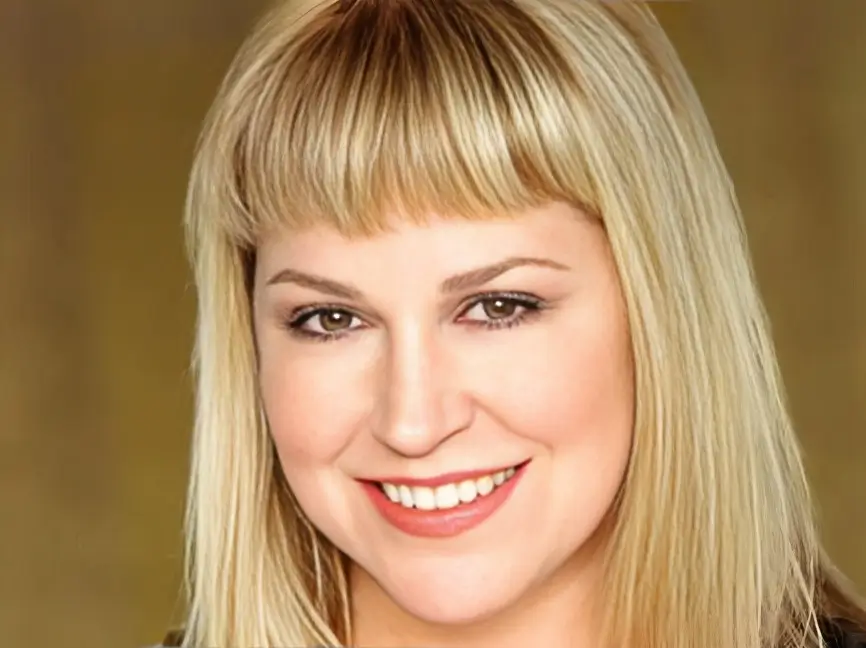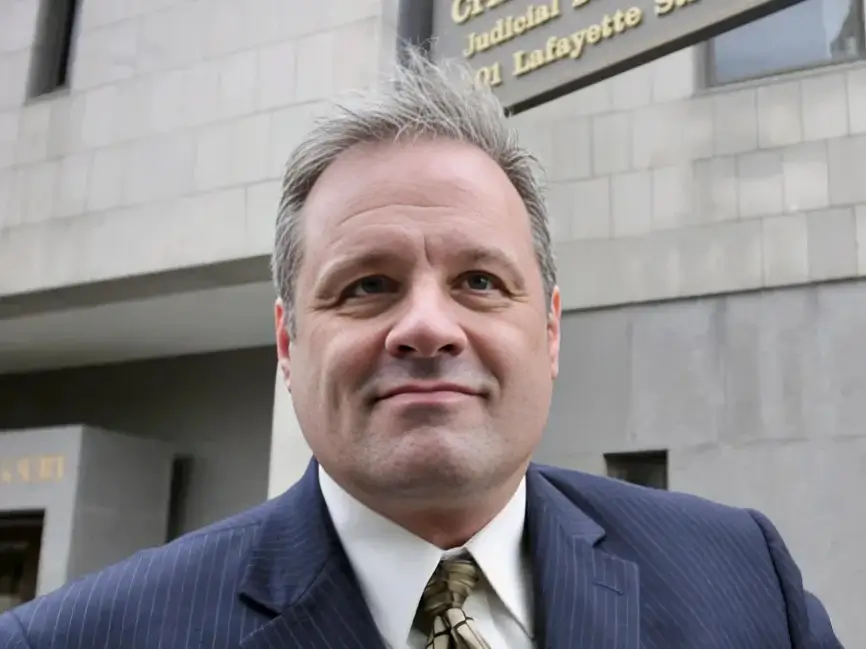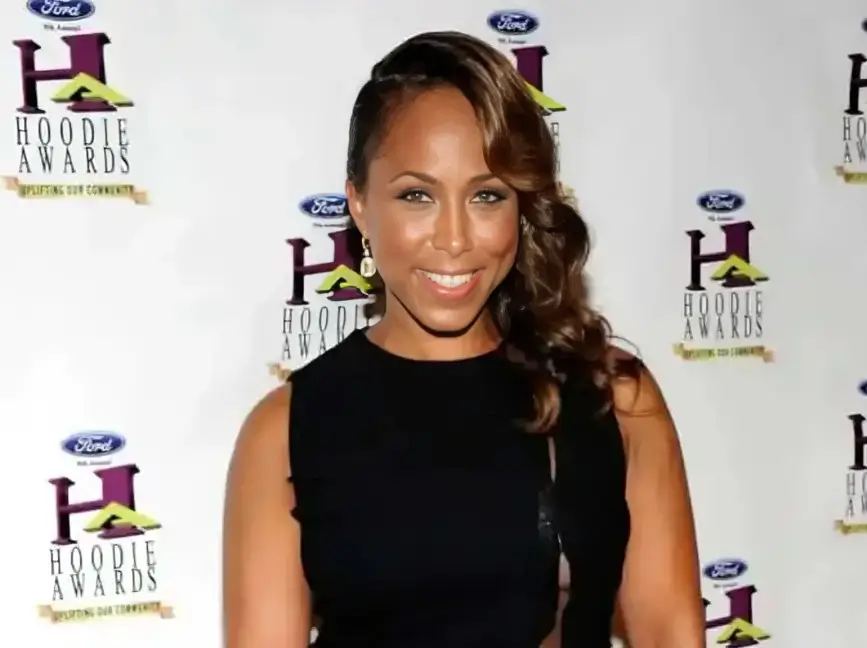Virginia Mayo: Actress, Height, Husband, Net Worth, Movies & TV Shows
Published: May 21, 2024
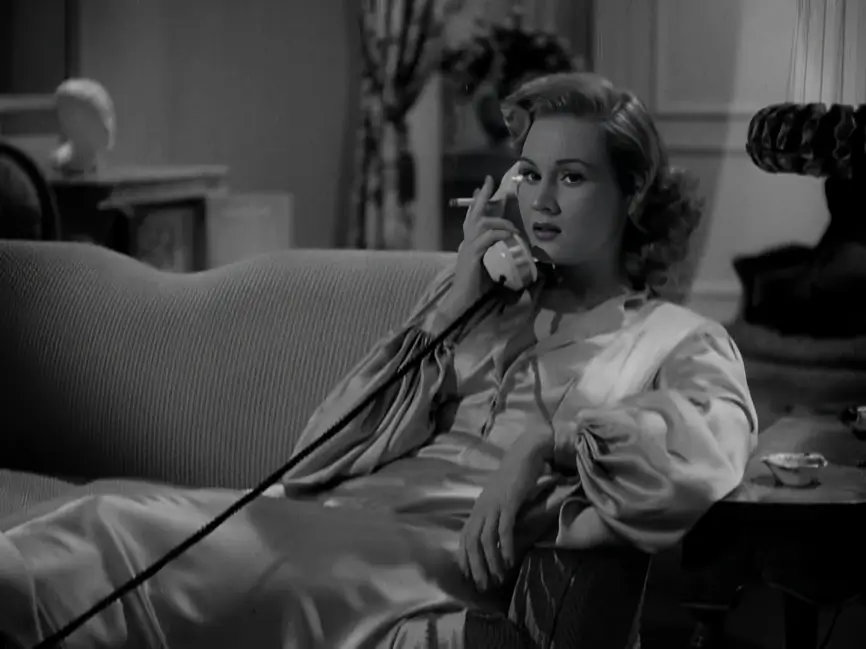
| Born | November 30, 1920 · St. Louis, Missouri, USA |
| Died | January 17, 2005 · Thousand Oaks, California, USA |
| Cause of Death | Pneumonia and Heart failure |
| Birth Name | Virginia Clara Jones |
| Husband | Michael O'Shea |
| Daughter | Mary Catherine O'Shea |
| Height | 5' 5" |
Early Life and Background
History surrounded Virginia Mayo, born Virginia Clara Jones on November 30, 1920, in St. Louis, Missouri. Her great-great-great-grandfather, Captain James Piggott, helped found East St. Louis, Illinois, in 1797. As Virginia rose to fame in the ever-changing entertainment industry, her heritage and pioneering spirit may have impacted her.
Virginia's artistic talent developed early. The aunt of her little niece maintained a St. Louis dancing studio, seeing her potential. Virginia began training there at six years old. This early exposure to the performing arts developed a passion of movement and expression and discipline and determination that would serve her well throughout her career.
Virginia's childhood in St. Louis coincided with the Roaring Twenties when culture and society changed. The booming film business and vaudeville scene certainly encouraged Virginia's desire to be in entertainment. Virginia's Hollywood dream began with her aunt's guidance and her own drive.
Education
Virginia Mayo graduated from Soldan International Studies High School in St. Louis in 1937, but her post-high school schooling is unknown. She still learned a lot from her real-world experiences.
Stage and screen were Virginia's genuine classroom. Her aunt's dancing studio gave her the technical foundation and physical discipline she needed for a successful dance career. These qualities helped her charm audiences in vaudeville with her elegance and agility.
From vaudeville to film, Virginia's schooling changed. Theatre was her acting studio. Every Broadway or touring performance was an opportunity to improve. Directors and instructors undoubtedly taught her character representation, stage presence, and film acting.
Virginia's co-stars also influenced her studies. Working with Danny Kaye and James Cagney would have taught him comedic timing, dramatic delivery, and teamwork.
Virginia's passion to her work and engagement in the performing arts ensured a continuous learning process, even if her formal schooling is unknown. Virginia's schooling evolved from her aunt's studio to working with Hollywood veterans.
Career Beginning
Virginia's early journey into showbiz wasn't spectacular, but it launched her career. She trained in early 20th-century vaudeville, a lively and frequently vulgar variety show circuit.
She played a "straight woman" as Virginia Jones, the comedy counterpart to a more outrageous act. The Mayo Brothers' "horse" attire was unusual for Virginia. Though unusual, this event helped her in many ways.
Her comedic timing improved first. Quick wit and precise punchlines ruled vaudeville. Performing with the Mayo Brothers, a slapstick act, required Virginia to think quickly and respond.
Second, she learned live performance from vaudeville. She learned about timing, audience engagement, and crowd connection from performing night after night to varied audiences, which she would use in cinema and television later in her career.
Finally, the Mayo Brothers gave Virginia her famous stage name. The brothers advised her use the name Virginia Mayo because of her talent. This simple gesture gave her a professional name and unwittingly led to a prosperous future in Hollywood.
Virginia Mayo Movies and TV Shows
Virginia mastered film flexibility. She rose from tiny roles in the early 1940s to leading lady status due to her talent and charisma. She was Warner Bros.' largest box-office attraction by the late 1940s, proving her star power.
Her filmography includes a lively mix of genres. Her work with Danny Kaye made her a comedy powerhouse. Both "The Secret Life of Walter Mitty" (1947) and "A Song is Born" (1948) showed their humorous synergy, entertaining audiences with their wit and energy.
There was more to Virginia than her humor. Her tremendous depth astonished many. In the Academy Award-winning "The Best Years of Our Lives" (1946), she handled serious issues with depth and emotion. She showed her darker side in "White Heat" (1949), playing opposite James Cagney.
Virginia remained top woman throughout the 1950s. She was Paul Newman's first starring lady in "The Silver Chalice" (1954). In later decades, she appeared less in films but still excelled on television. A charming cameo in "Won Ton Ton, the Dog Who Saved Hollywood" in 1976 showed her comedic timing. In 1997, she appeared in "The Man Next Door," ending her distinguished cinematic career.
Virginia Mayo Net Worth
Virginia Mayo's net worth at her 2005 death is impossible to calculate due to privacy practices and little financial data. We can examine her financial well-being factors.
Virginia was Warner Bros.' main late 1940s box-office draw, therefore she earned large film salaries. Virginia's compensation likely reflected her star power, as Hollywood's Golden Age studios paid their top stars well. She had a multidecade career. Her television performances in the 1950s and 1960s certainly offered her stable income, even with fewer film appearances later. Virginia may have invested in real estate or other assets that gained over time, increasing her wealth. Her spending habits are unclear, but her long and successful career suggests she lived comfortably. Though the exact sum is unknown, Virginia Mayo undoubtedly had great financial security throughout her life.
Personal Life & Philanthropy
Virginia wed actor Michael O'Shea in 1947. Their 26-year partnership showed their strong bond. Mary Catherine O'Shea, their daughter, became a treasured part of their lives. Virginia's philanthropic efforts are unknown, but her lengthy and successful career and public demeanor suggest she supported causes she cared about.
Her chosen charities and organizations aren't well-known. We can make some reasonable guesses based on the era and the causes that many Hollywood stars supported. Supporting veterans' organizations like the American Legion or children's charities were popular during her time. Virginia's dance background may have drawn her to arts and youth organizations.
Beyond her stunning screen appearance, Virginia Mayo certainly had a giving nature and a desire to improve the world.
Legacy
Virginia Mayo's legacy goes beyond her dazzling movie performances. No doubt, she was a graceful dancer, a comedy genius with great timing, and a dramatic actress with the depth to play multifaceted roles. She has a deeper impact.
Virginia's path evokes Hollywood's past. She worked her way up in vaudeville's colorful and difficult live performance scene. This experience gave her work ethic, versatility, and theatrical presence that translated well to movies.
Her filmography shows her flexibility. She could wow audiences with her comedic timing in "The Secret Life of Walter Mitty" and then wow them with her pathos in "The Best Years of Our Lives." Her ability to attract viewers in different roles made her a Golden Age leading lady.
Virginia's legacy goes beyond box office. She made audiences happy. Her ageless performances make her films beloved by new generations. She leaves a legacy of laughing, reminding us that entertainment can uplift us.
Finally, Virginia's tale inspires performers. It shows the devotion and talent needed in such a tough industry. Her rise from vaudeville to Hollywood shows that hard work and dedication can lead to success.
Conclusion
Virginia Mayo's life was a mesmerizing symphony on Hollywood's Golden Age stage. She trained in vaudeville after a childhood love of performance. This early experience gave her the discipline, comedic timing, and theatrical presence that would define her career.
Her film debut was a hit. From her exuberant dance routines and sharp repartee with Danny Kaye to her dramatic chops in "The Best Years of Our Lives," Virginia showed her flexibility. She became Warner Bros.' top late 1940s box-office draw and a leading actress.
Virginia's passion to her work never wavered despite fewer film appearances. She appeared in many TV shows and had a great 1970s cameo. Her 1997 film appearance ended a spectacular career that shaped the entertainment sector.
Virginia Mayo's legacy goes beyond her films. She provided delight to audiences, entertained them with her timeless performances, and inspired budding performers. Her narrative shows the power of dedication, talent, and a passion of filmmaking. Her legacy lives on in entertainment, reminding us of the beauty that happens when passion meets chance.
